Professional Botox Treatments: Unlocking Non-Surgical Youthful Appearance
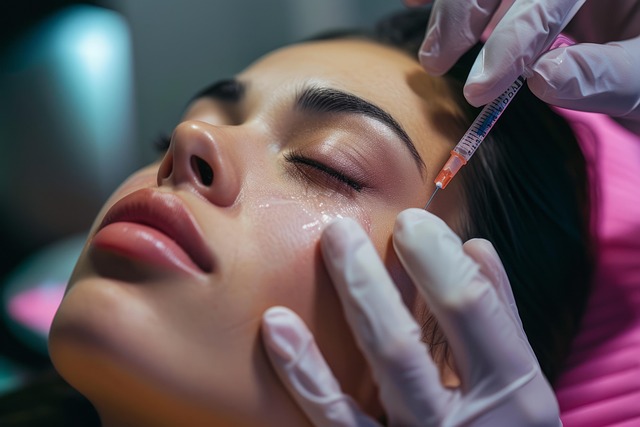
Professional Botox treatments offer a safe, non-surgical way to reduce fine lines and wrinkles, with…….
In the realm of aesthetics and medical advancements, Botox treatments have emerged as a transformative procedure with global reach and impact. This article delves into the intricate world of Botox, exploring its definition, historical evolution, international influence, economic implications, technological innovations, regulatory frameworks, challenges, and the bright future it holds. By examining these aspects, we aim to provide a comprehensive understanding of Botox treatments and their significance in various contexts.
Definition:
Botox treatments, formally known as botulinum toxin injections, are therapeutic procedures that involve the administration of botulinum toxin (commonly referred to as Botox) into specific muscle groups or areas of the skin. This neurotoxin temporarily paralyzes or weakens muscles, leading to desired aesthetic effects and medical benefits.
Core Components:
Historical Context:
The journey of Botox treatments began in the 1970s when researchers discovered that botulinum toxin could be used for medical purposes. In 1989, Botox received FDA approval in the United States for the treatment of facial wrinkles. Since then, its applications have expanded exponentially, driven by advancements in technology and a growing understanding of its therapeutic benefits.
Significance:
Botox treatments have revolutionized both the aesthetics and healthcare industries. Its non-invasive nature, minimal recovery time, and ability to offer long-lasting results make it a preferred choice for many individuals seeking to enhance their appearance or alleviate medical symptoms. Furthermore, Botox has opened doors to innovative research in neuromodulation, paving the way for potential treatments for various neurological conditions.
Botox treatments have left an indelible mark on the global healthcare and beauty industries, with its popularity varying across regions due to cultural preferences, economic factors, and regulatory environments.
Regional Influence:
Trends Shaping the Trajectory:
The global Botox market is a dynamic and lucrative sector, attracting significant investments and driving economic growth in various ways.
Market Size and Growth:
According to a report by ResearchAndMarkets, the global Botox market size was valued at USD 7.4 billion in 2021 and is projected to grow at a CAGR of 7.5% from 2022 to 2030. This growth is attributed to increasing demand for aesthetic procedures, expanding medical applications, and rising disposable incomes in emerging economies.
Investment Patterns:
Economic Impact:
Technological innovations have played a pivotal role in enhancing the effectiveness, safety, and accessibility of Botox treatments.
Precision Injection Techniques:
Advancements in needle design, delivery systems, and training programs have improved injection precision, minimizing side effects and enhancing patient satisfaction. Modern fine needles with smaller gauges allow for more controlled injections, resulting in better aesthetic outcomes.
Formulations and Potencies:
Research has led to the development of specialized Botox formulations tailored for specific applications:
Digital Tools and Patient Engagement:
Botox has transcended its aesthetic reputation to become a valuable tool in treating various medical conditions, offering hope and improved quality of life for many patients.
Chronic Migraines:
Botox injections into specific muscle groups have shown significant effectiveness in preventing chronic migraines. The American Headache Society recommends Botox as a first-line treatment option for this debilitating condition.
Hyperhidrosis (Excessive Sweating):
For individuals suffering from hyperhidrosis, Botox can temporarily block the sweat glands, providing substantial relief and improved confidence. This non-invasive approach has proven successful in treating underarm, palm, and facial sweating.
Muscle Spasms and Neurological Disorders:
Botox is used to manage muscle spasms associated with cerebral palsy, multiple sclerosis, and other neurological conditions. By relaxing overactive muscles, it can alleviate pain, improve mobility, and enhance overall quality of life for patients.
Other Therapeutic Uses:
The regulatory environment plays a crucial role in shaping the accessibility, pricing, and perception of Botox treatments worldwide.
Global Regulations:
Key Considerations:
Botox treatments are generally safe when administered by qualified healthcare professionals, but like any medical procedure, they carry potential risks and side effects.
Common Side Effects:
Serious Side Effects and Rare Complications:
Patient Selection and Informed Consent:
Qualified healthcare providers conduct comprehensive patient assessments to identify those most suitable for Botox treatments. Informed consent processes ensure patients understand the benefits, risks, and alternative options before undergoing any procedure.
Botox has evolved from a purely aesthetic treatment to a versatile tool in modern medicine, offering both cosmetic enhancements and therapeutic solutions. Its ability to temporarily relax muscles and neuromodulate specific areas makes it a valuable option for various conditions. As research continues, Botox is expected to expand its role in healthcare, providing hope and improved quality of life for patients worldwide.

Professional Botox treatments offer a safe, non-surgical way to reduce fine lines and wrinkles, with…….
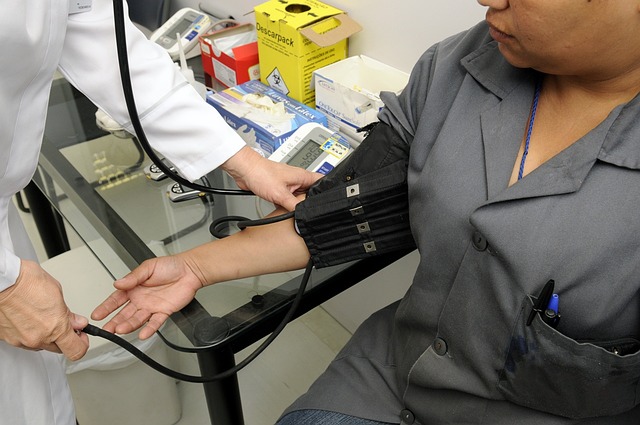
Professional Botox treatments target specific facial muscle groups with botulinum toxin to temporari…….

Professional Botox treatments target wrinkles by paralyzing facial muscles, boosting collagen produc…….

Professional Botox treatments utilize botulinum toxin to temporarily paralyze muscle movement, reduc…….

Professional Botox treatments rely on expert skill and customization. Skilled practitioners conduct…….
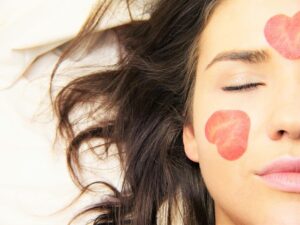
Professional Botox treatments offer precise, temporary muscle paralysis for wrinkles and various con…….
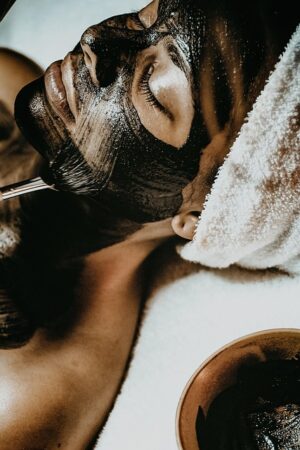
Professional Botox treatments utilize botulinum toxin to safely and effectively target dynamic muscl…….
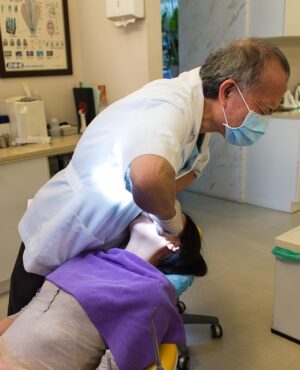
Understanding FDA approval is crucial for Professional Botox Treatments, ensuring safety and efficac…….

Professional Botox treatments offer a customized approach to facial rejuvenation, addressing fine li…….
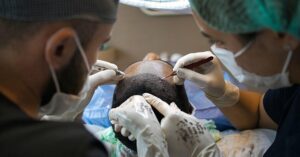
Professional Botox Treatments, derived from Clostridium botulinum bacteria, offer a safe and effecti…….